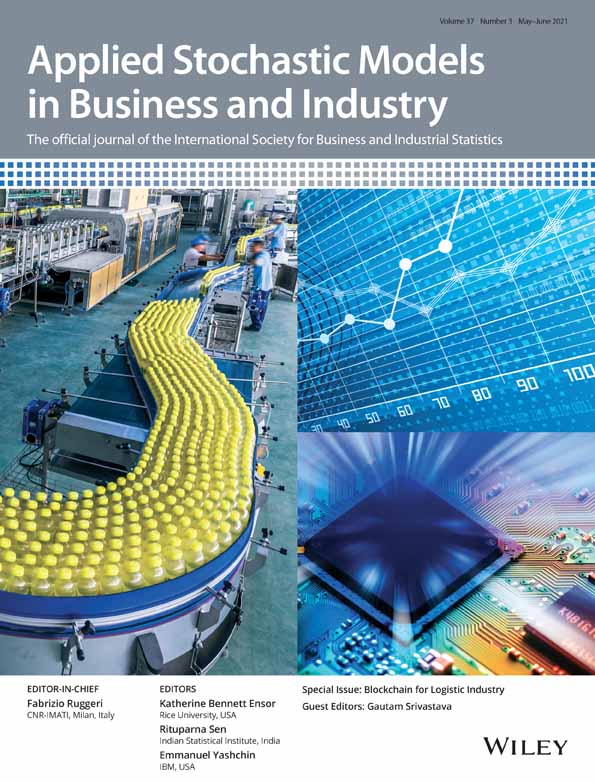Optimal burn-in policy based on a set of cutoff points using mixture inverse Gaussian degradation process and copulas
Funding information: São Paulo State Research Foundation (FAPESP Proc.), 2017/25971-0; Brazilian Agencies CNPq, 301976/2017-1; FAPESP, 2013/07375-0
Abstract
Burn-in tests have been discussed extensively in the reliability literature, wherein we operate items until high degradation values are observed, which could separate the weak units from the normal ones before they get to the market. This concept is often referred to as a screening procedure, and it involves misclassification errors. Commonly, the underlying degradation process is assumed to be a Wiener or a gamma process, based on which several optimal burn-in policies have been developed in the literature. In this article, we consider the mixture inverse Gaussian process, which possesses monotone degradation paths and some interesting properties. Under this process, we present a decision rule for classifying a unit under test as normal or weak based on burn-in time and a set of cutoff points. Then, an economic cost model is used to find the optimal burn-in time and the optimal cutoff points, when the estimation of model parameters is based on an analytical method or an approximate method involving copula theory. Finally, an example of a real dataset on light amplification by stimulated emission of radiations, well known in the reliability literature, is used to illustrate the model and the inferential approach proposed here.




